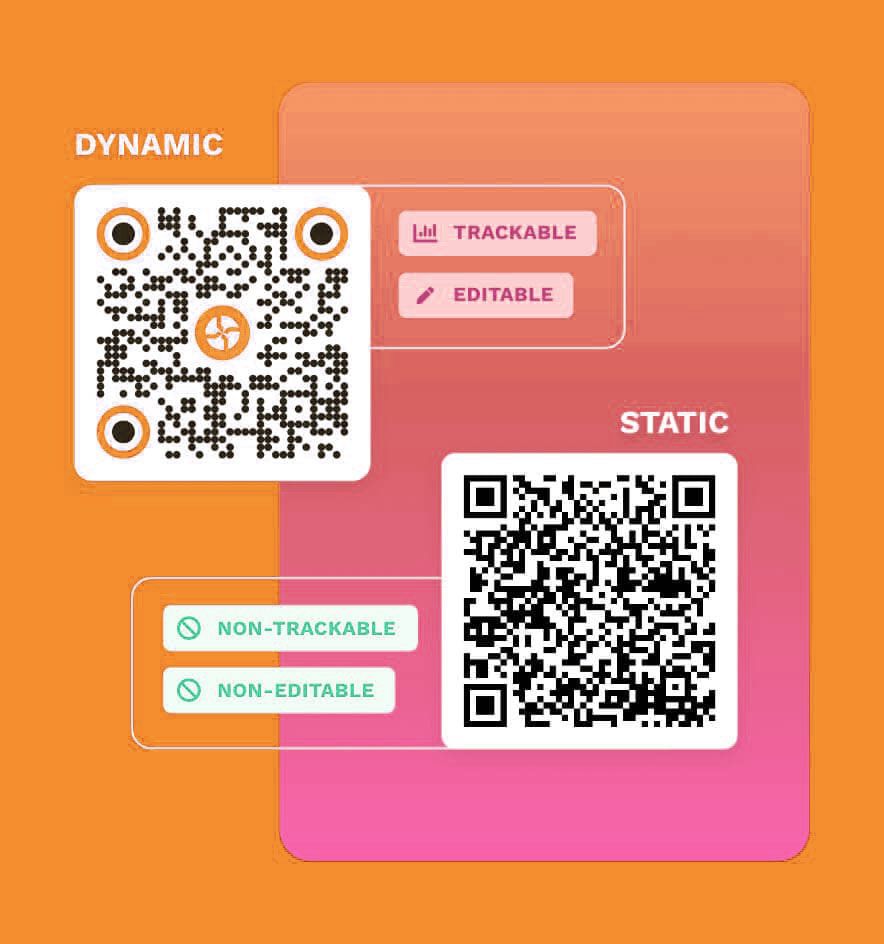
Quick Response (QR) codes have become an integral part of modern life, connecting the digital and physical worlds with a simple scan. While there are two main types of QR codes - static and dynamic - each has unique capabilities that make them suitable for different purposes. In this comprehensive guide, we'll delve into the world of static and dynamic QR codes, discuss their applications, and provide tips on creating and customizing your own QR codes.
| Feature | Static QR Code | Dynamic QR Code |
|---|---|---|
| Content | Unchangeable | Changeable |
| Storage | Limited | Flexible |
| Use Case | One-time information, e.g. contact info or Wi-Fi credentials | Multiple use cases, e.g. marketing campaigns or product tracking |
| Scan Limit | Unlimited | Unlimited (or as defined by service provider) |
| Data Tracking | No | Yes |
| Cost | Free or low cost | May require a subscription or fee for additional features |
| Expiration | Never expires | Can be set to expire |
| Redirection | Direct to encoded content | Can be redirected to different URLs |
Static QR Codes - Simple and Permanent
Static QR codes encode information directly within the code and cannot be changed once created. These codes are ideal for personal use, where tracking metrics or changing content aren't critical. Some innovative uses of static QR codes include:
Resume Enhancement
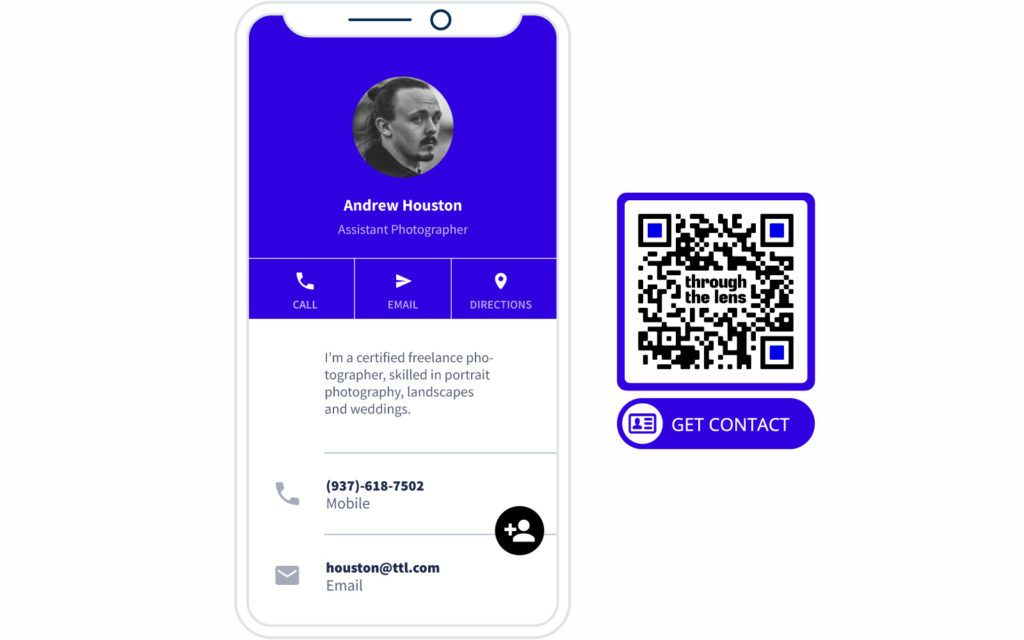
Stand out from the competition by adding a PDF QR code to your resume, making it easy for hiring managers to access your digital CV with a quick scan.
Emergency Preparedness
Create a vCard Plus QR code with essential medical information, allergies, or emergency contacts, and attach it to a keychain or wallet card for quick access in emergencies..
Wedding Planning and Photo Sharing
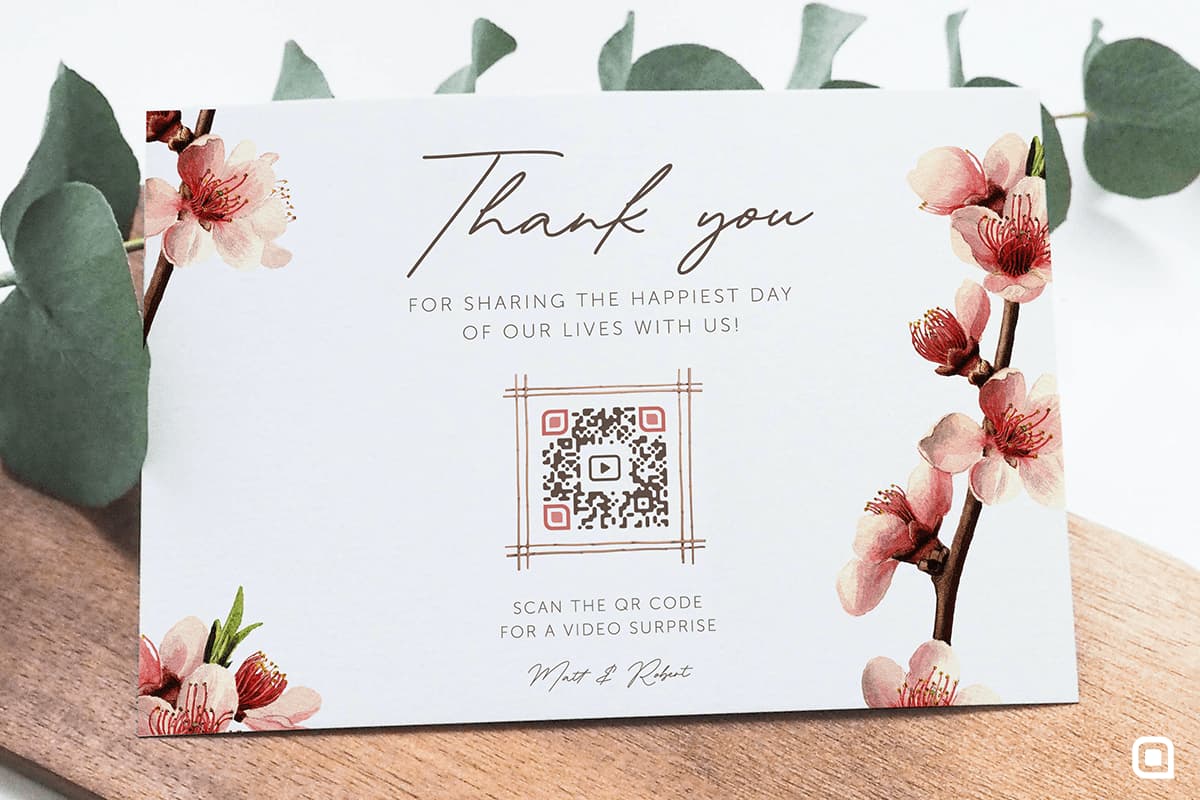
Organize your wedding with Event QR codes for RSVPs, and use Image Gallery QR codes to share your special moments with guests in one easily accessible place
Dynamic QR Codes - Versatile and Editable
Dynamic QR codes offer the flexibility to update content and track user engagement. They use short URLs to redirect users to a landing page, making them ideal for businesses and marketing campaigns. Some standout examples of dynamic QR code usage include:
Government Services
Simplify access to information about office hours or collect digital feedback with Business Page and Feedback QR codes, reducing confusion and paperwork.
Boosting App Downloads
Streamline the user experience with an App Store QR code on your website, allowing potential customers to scan and download your app directly.
Enhancing Restaurant Reviews
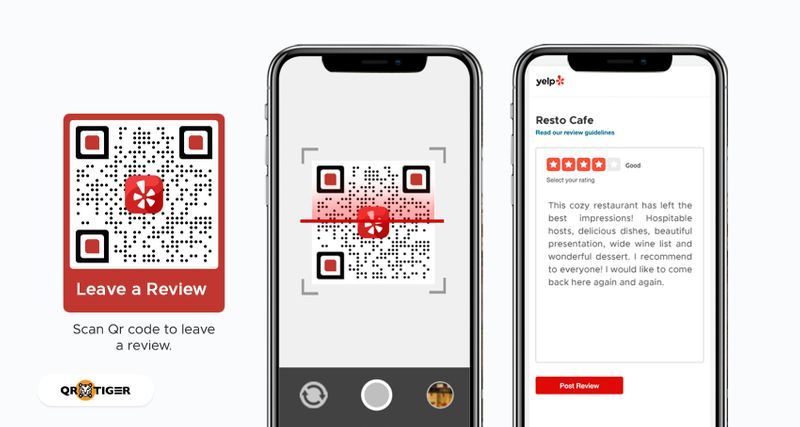
Boost your restaurant's online presence with Rating QR codes, making it easy for patrons to leave reviews on receipts, menus, or table decorations.
Creating Dynamic QR Codes in Five Simple Steps
With QR Code Generator qrcode.co.uk, you can create customized dynamic QR codes in a few easy steps:
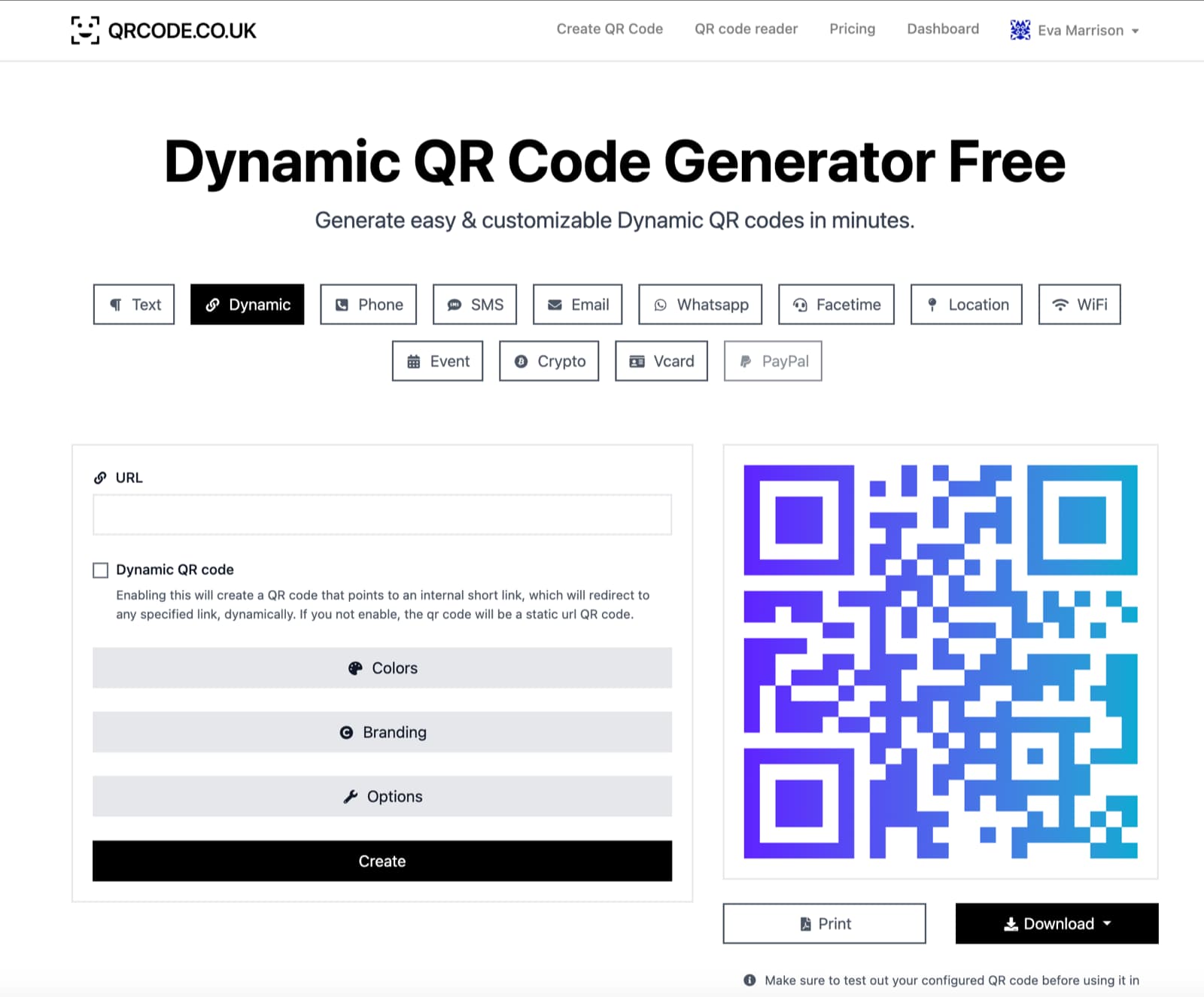
Select a Dynamic QR Code Type
Choose the appropriate dynamic QR code type based on your requirements, such as a website, social media link, or PDF.
Input Basic Information
Fill in the necessary information for the selected QR code type.
Customize and Style
Design your QR code by adding descriptions, logos, and brand-specific colors.
Personalize the QR Code
Add unique elements like frames, logos, CTAs, and colors to make your QR code stand out, while ensuring readability.
Download and Use
Save your completed QR code, download it, and incorporate it into your marketing materials.
Both static and dynamic QR codes offer unique benefits and applications, making them indispensable tools for personal and professional use. By understanding their differences and leveraging their capabilities, you
Static QR Codes vs. Dynamic QR Codes: A Comprehensive Comparison
Delve into the world of QR codes and discover the key differences, advantages, and use cases of static and dynamic QR codes.
Quick Response (QR) codes have revolutionized the way we interact with the digital world, bridging the gap between physical and online spaces. While there are two main types of QR codes—static and dynamic—each offers unique benefits and applications. In this article, we'll provide an in-depth comparison of static and dynamic QR codes, highlighting their distinct features, advantages, and use cases.
Static QR Codes Advantages and Disadvantages
Permanent and Unchangeable Static QR codes are created with fixed data that remains unchanged once the code is generated. These codes are best suited for situations where the encoded information is not expected to change over time. Let's explore the key features of static QR codes:
Unchangeable Data Static
QR codes encode information directly, making it impossible to edit the content once it's generated.
No Tracking Metrics Static
QR codes don't offer the ability to track scans or gather user data, making them less suitable for marketing campaigns.
Ideal for Personal Use
Static QR codes work well for personal applications like resume enhancements, emergency information cards, and wedding planning, where tracking metrics and content updates aren't crucial.
Dynamic QR Codes Advantages and Disadvantages
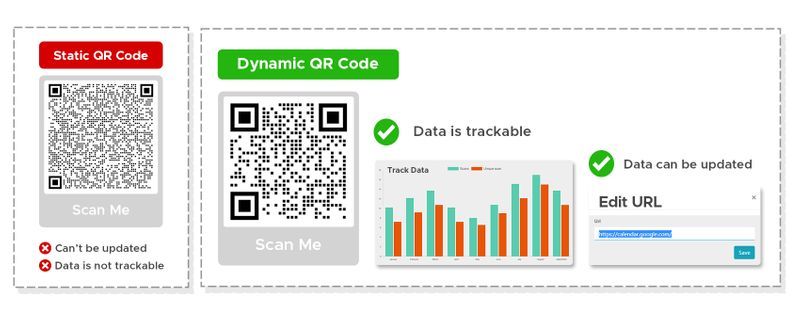
Flexible and Editable Dynamic QR codes provide a level of flexibility that allows for content updates and tracking user engagement. These codes use short URLs to redirect users to a specified landing page, making them ideal for businesses and marketing campaigns. Here are the primary features of dynamic QR codes:
Editable Content Dynamic
QR codes allow for changes to the encoded content after creation, providing adaptability for evolving campaigns or updated information.
Tracking Capabilities
Dynamic QR codes enable the tracking of user data, such as location, device type, and time of scans, facilitating informed decision-making for marketing strategies.
Versatile Applications
Dynamic QR codes are suitable for a wide range of uses, from government services and app promotions to restaurant reviews and feedback collection.
Comparing Advantages and Use Cases Both static and dynamic QR codes offer unique benefits that cater to different situations and requirements:
Advantages of Static QR Codes
- Simple and straightforward creation process
- Ideal for permanent, unchanging information
- Suitable for personal applications
Advantages of Dynamic QR Codes
- Flexible and editable content
- Tracking capabilities for data-driven marketing
- Versatile use cases across industries and sectors
Understanding the differences between static and dynamic QR codes is crucial for selecting the best option for your unique needs. While static QR codes are ideal for personal use and permanent information, dynamic QR codes offer flexibility, tracking capabilities, and versatile applications that cater to businesses and marketing campaigns. By leveraging the strengths of each QR code type, you can unlock their full potential and optimize your digital interactions.
Frequently Asked Questions about Static and Dynamic QR Codes
What is a static QR code?
A static QR code is a type of QR code that encodes information directly, making it unchangeable once it's created. It's best suited for situations where the content remains constant and doesn't require updates or tracking.
What is a dynamic QR code?
A dynamic QR code is a type of QR code that allows for content updates and tracking user engagement. It uses short URLs to redirect users to a specified landing page, making it ideal for marketing campaigns, businesses, and other situations where content needs to be editable and monitored.
Can I edit the content of a static QR code after creating it?
No, once a static QR code is generated, the content encoded within it cannot be changed. If you need to update the information in a static QR code, you'll need to create a new code.
Can I track scans or gather user data with a static QR code?
Static QR codes don't offer tracking capabilities or gather user data, making them less suitable for marketing campaigns and other data-driven applications.
Can I change the content of a dynamic QR code after creating it?
Yes, dynamic QR codes allow you to edit the content after creation, providing flexibility and adaptability for evolving campaigns or updated information.
Can I track scans or gather user data with a dynamic QR code?
Yes, dynamic QR codes enable the tracking of user data, such as location, device type, and time of scans. This information is useful for informed decision-making and optimizing marketing strategies.
When should I use a static QR code?
Use static QR codes for personal applications or situations where the encoded information is permanent and unchanging, such as on a resume, an emergency information card, or a wedding invitation.
When should I use a dynamic QR code?
Use dynamic QR codes for business and marketing purposes where content needs to be updated and user engagement needs to be tracked, such as promoting app downloads, collecting customer feedback, or updating government service information.
Are dynamic QR codes more expensive than static QR codes?
While generating basic static QR codes is typically free, dynamic QR codes may come with a cost associated with the additional features, such as tracking capabilities and content editing. Pricing varies depending on the service provider.
Do dynamic QR codes have a shorter scanning range than static QR codes?
No, the scanning range of a QR code depends on factors like size, contrast, and error correction level, rather than whether it's static or dynamic. However, dynamic QR codes use short URLs, which can result in faster loading times for the user after scanning.


